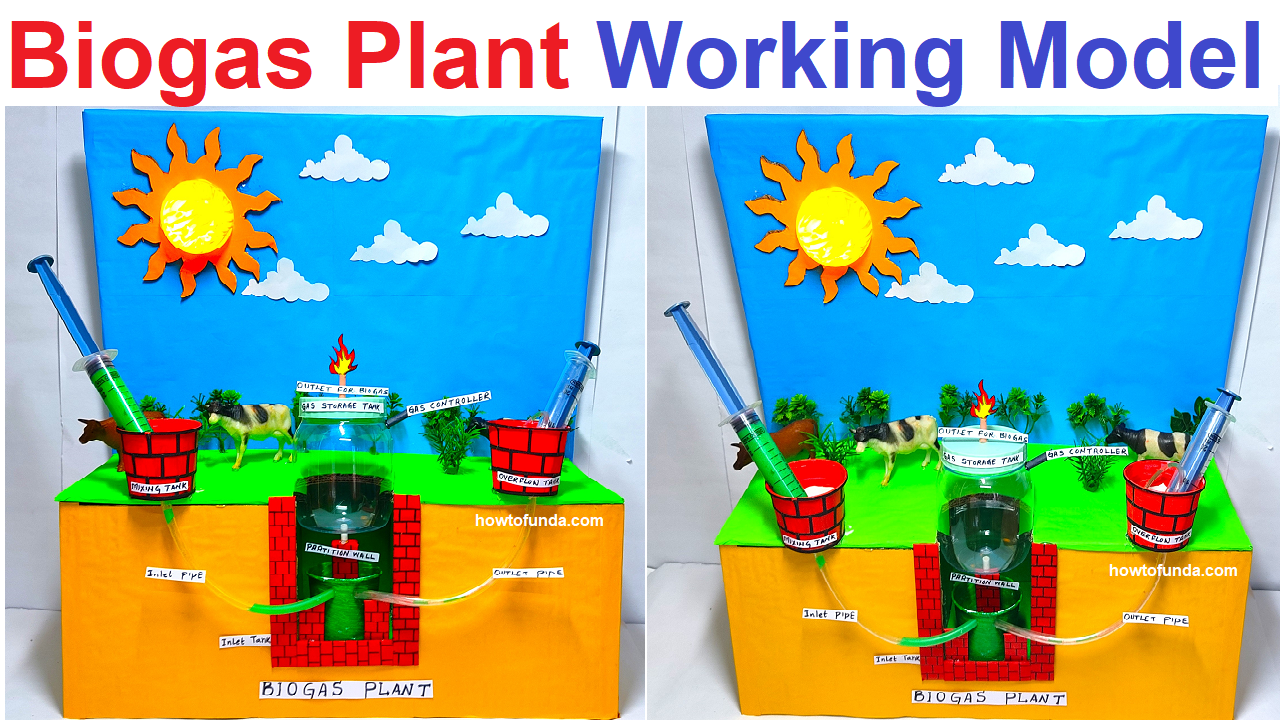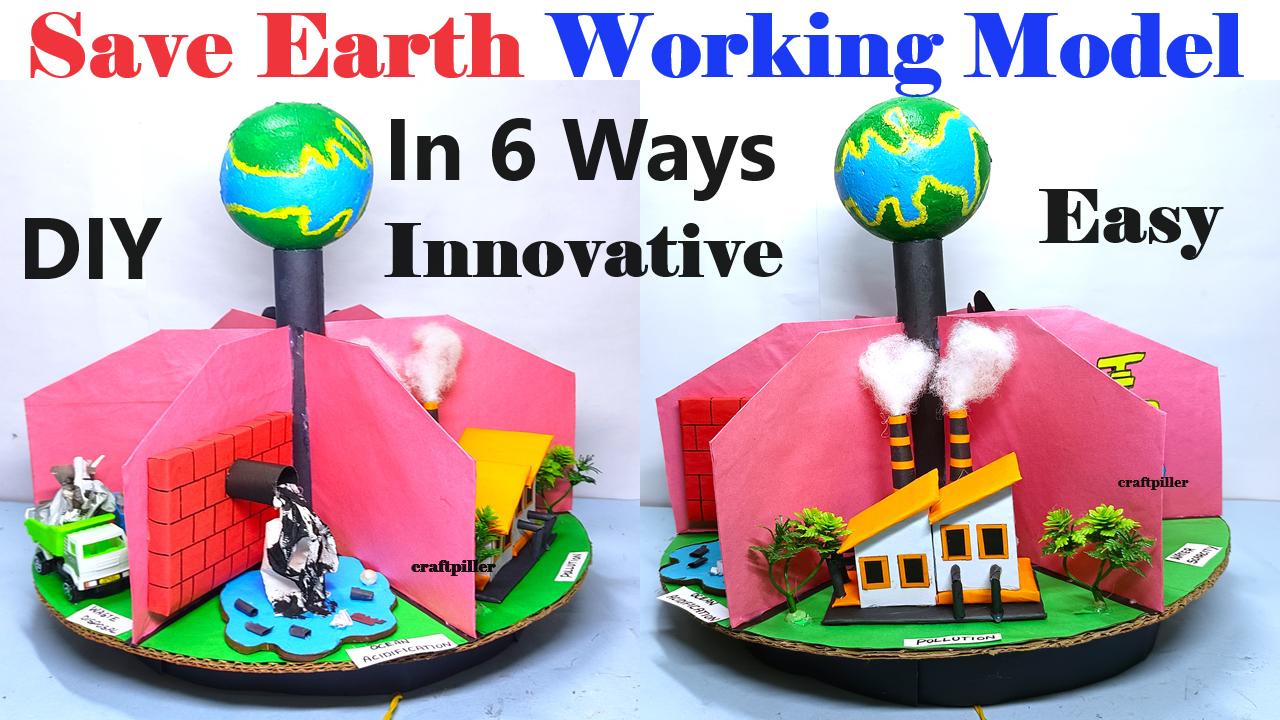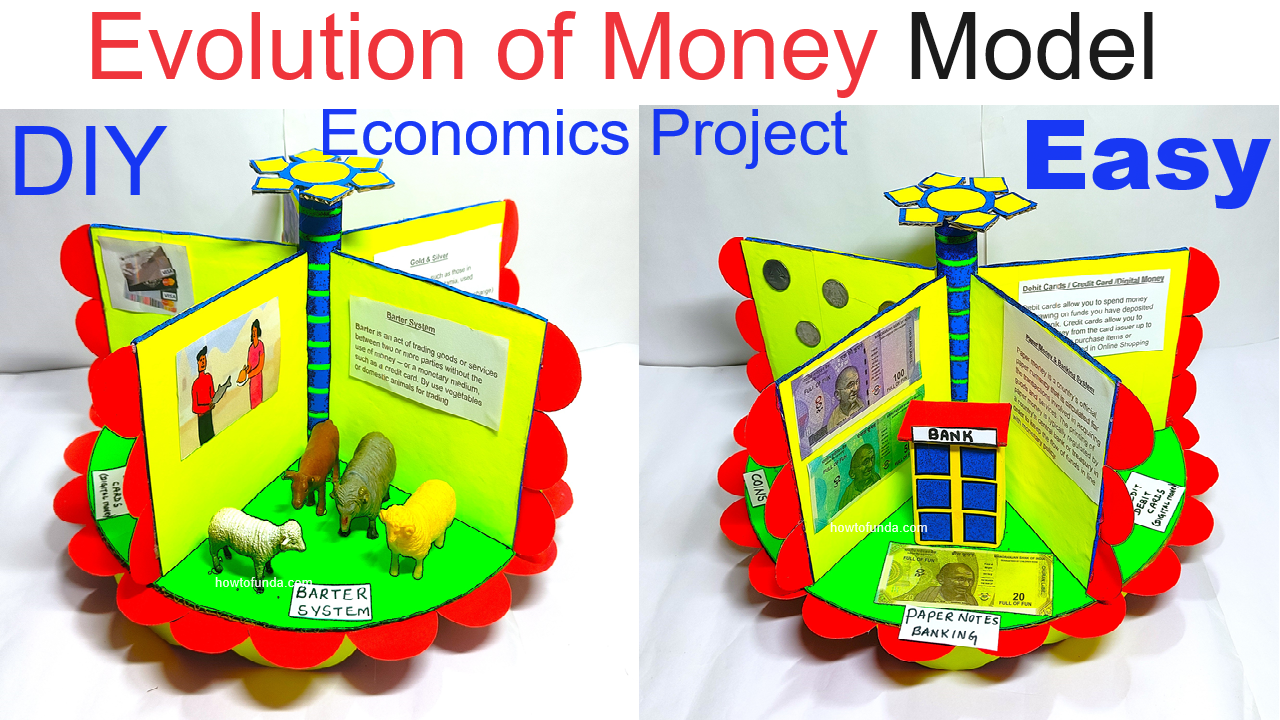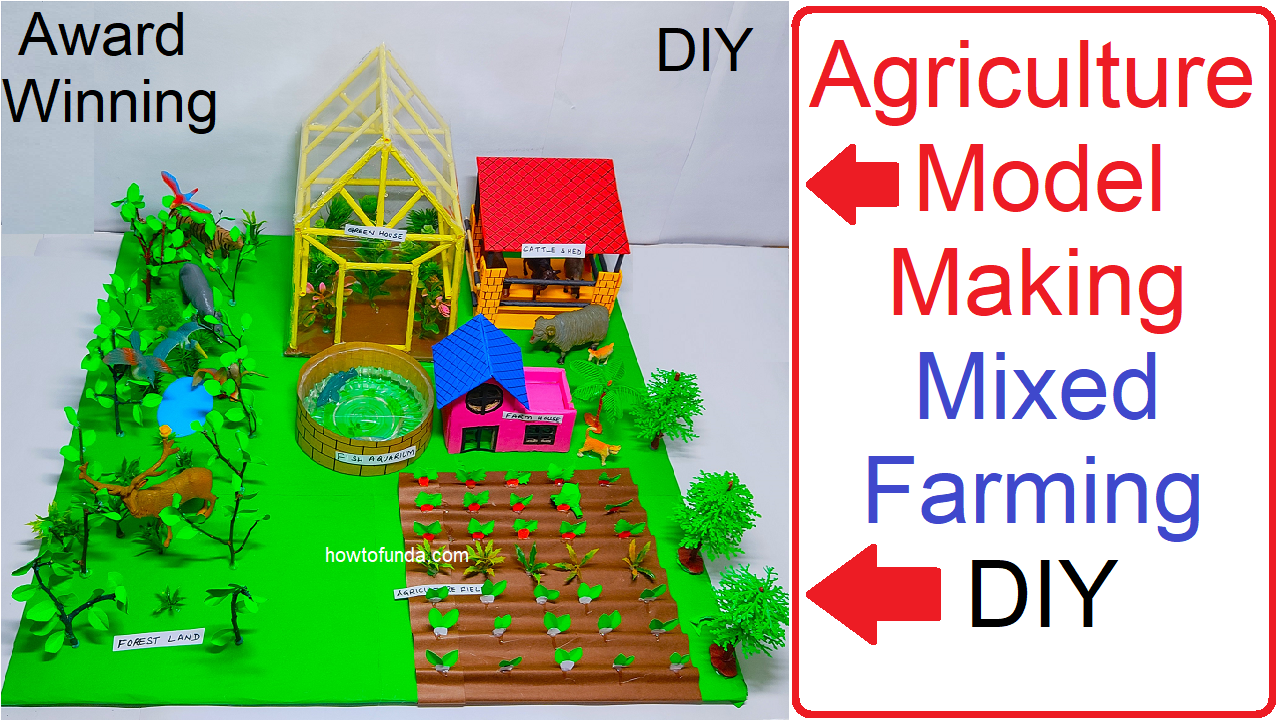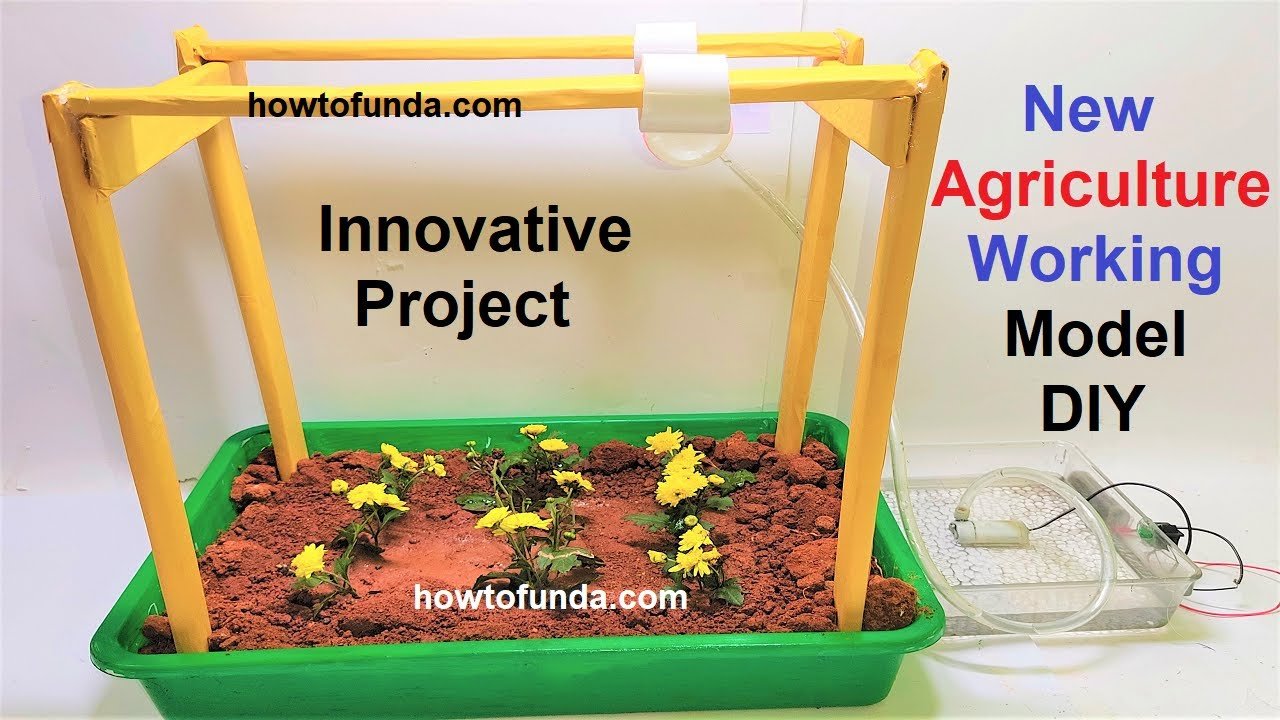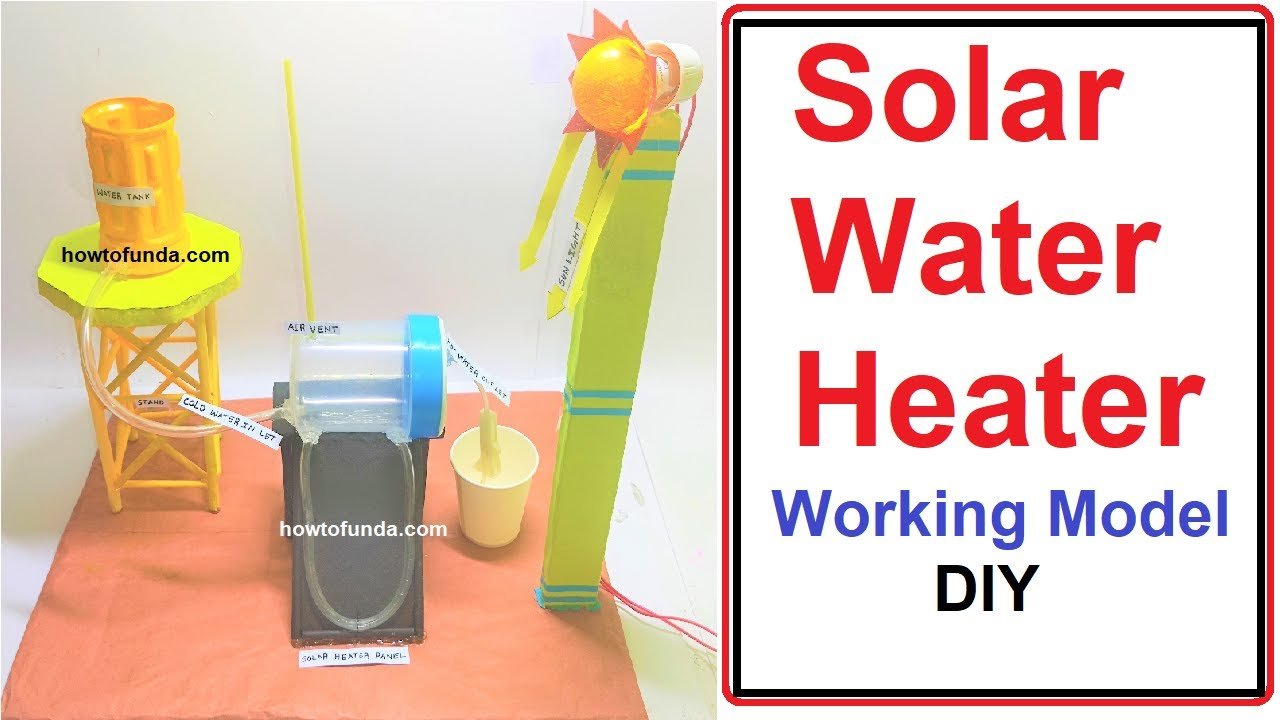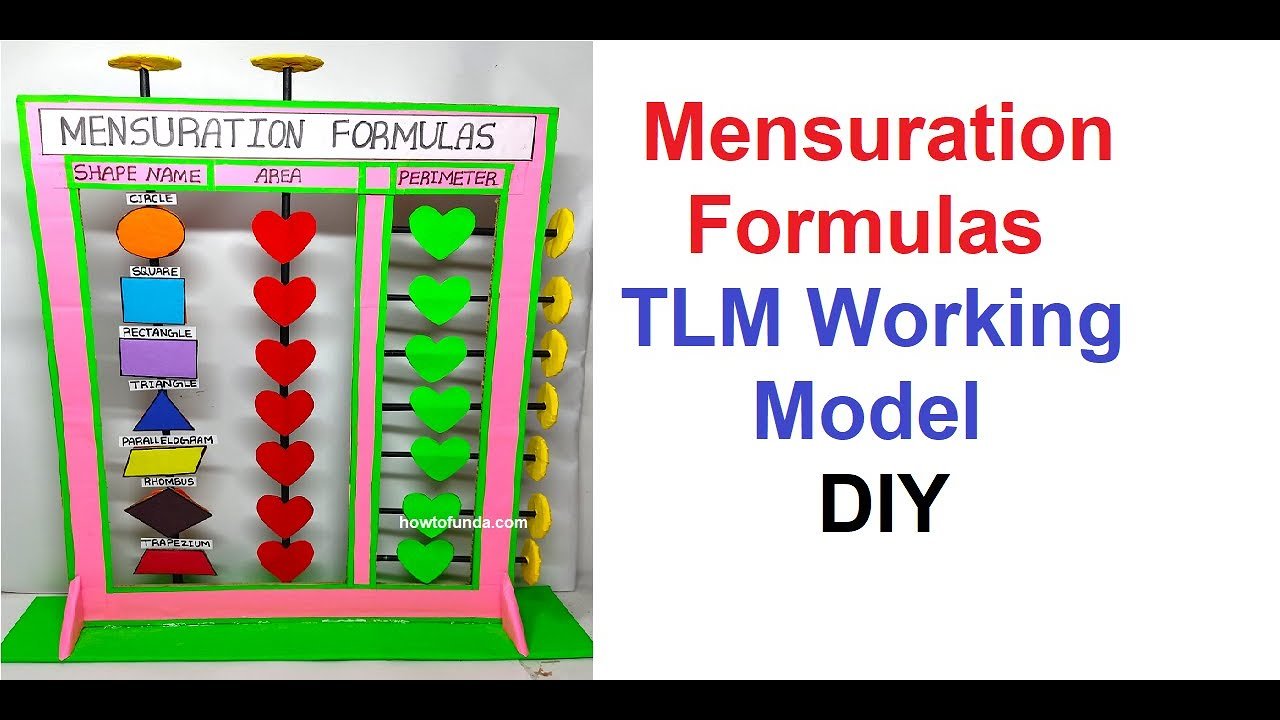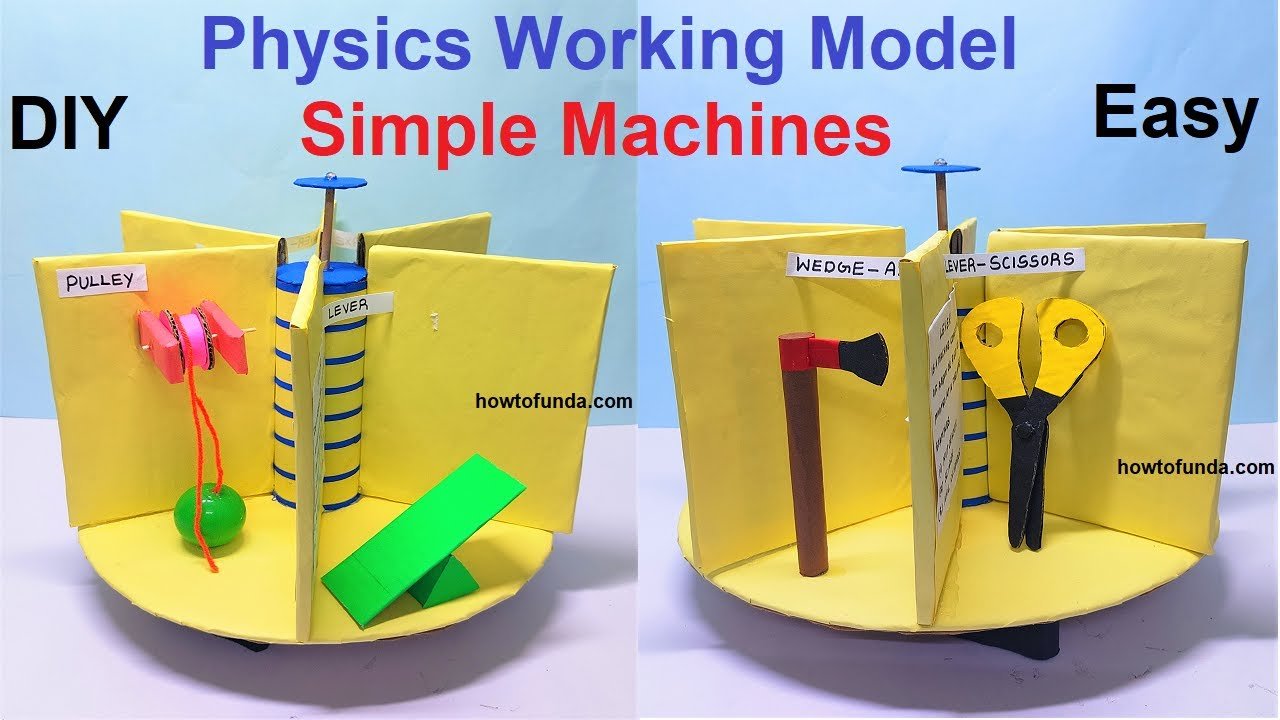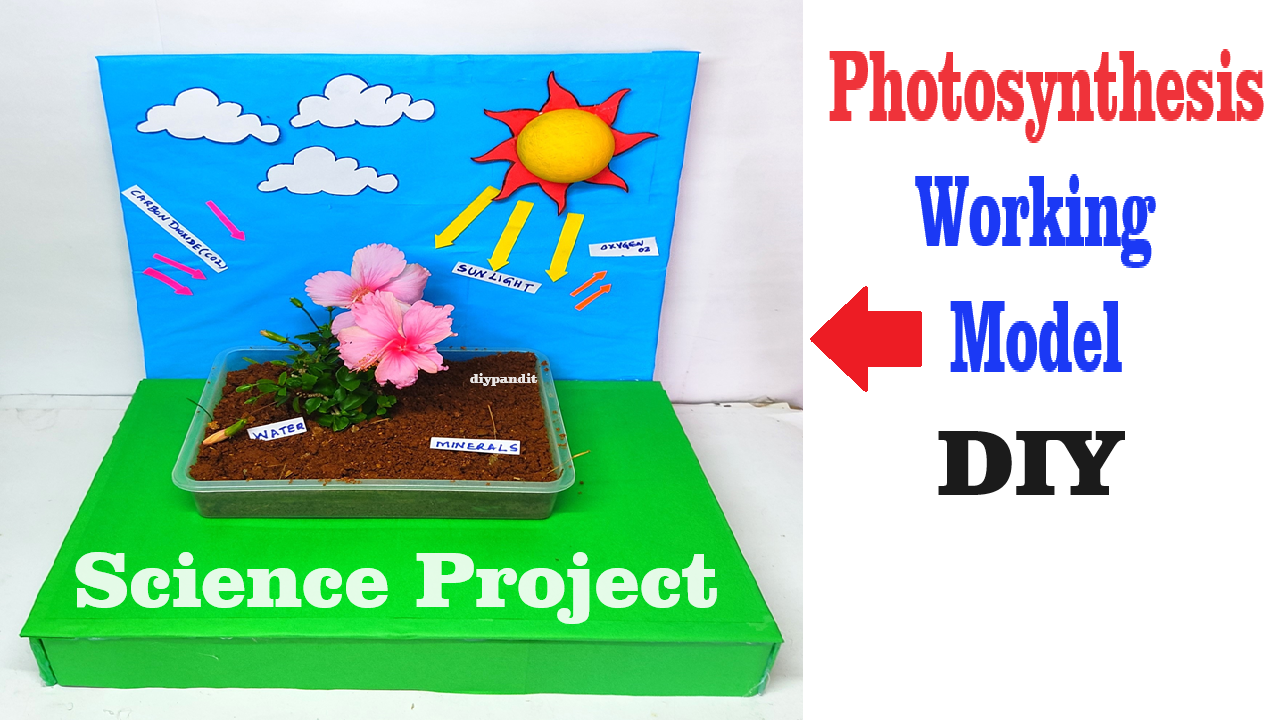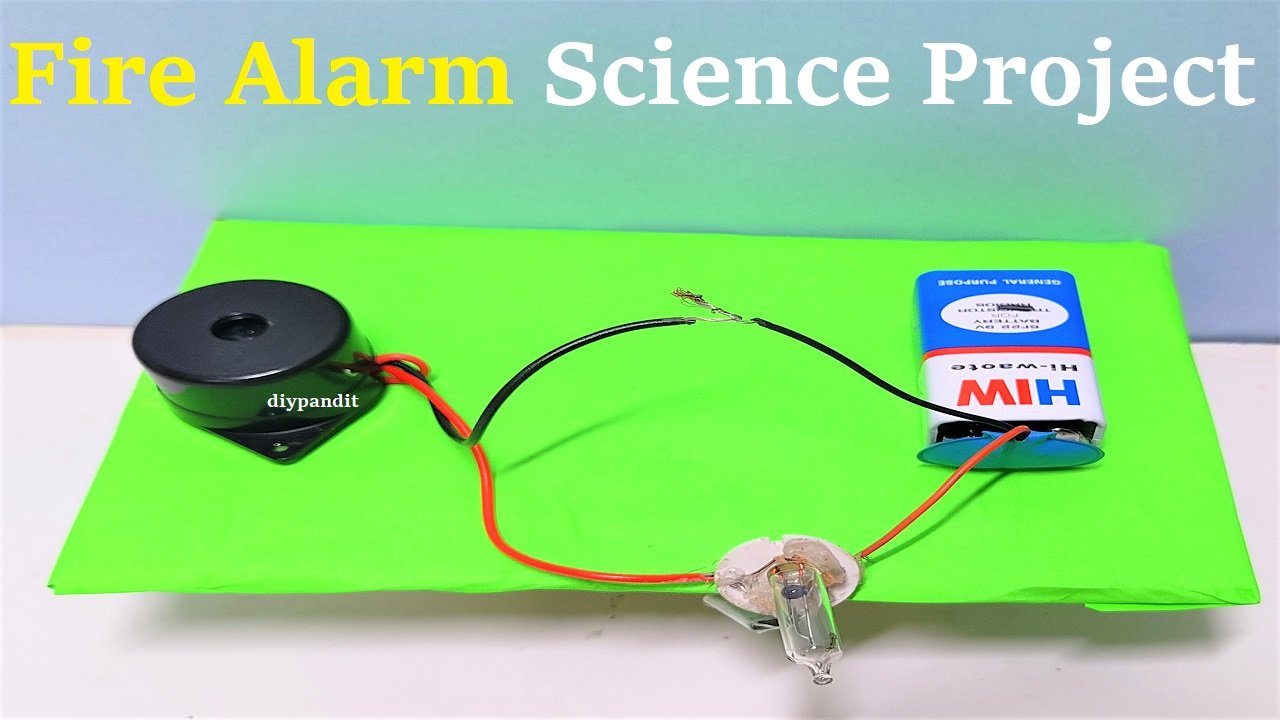Project File on Biogas Plant – Write up – Essay – Science Project
Contents: 1. Introduction Biogas is a renewable source of energy that is produced by the anaerobic digestion of organic matter. It is a mixture of gases, primarily methane and carbon dioxide, and can be used for cooking, heating, electricity generation, and even as a vehicle fuel. This project aims to explore the concept of biogas, … Read more

